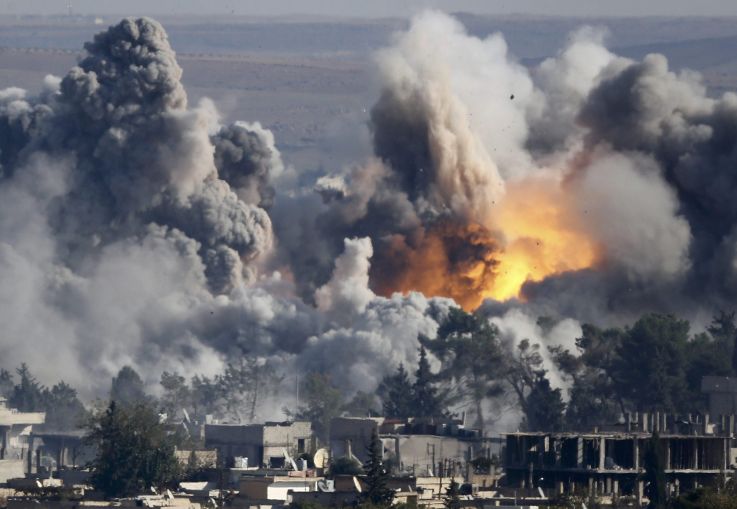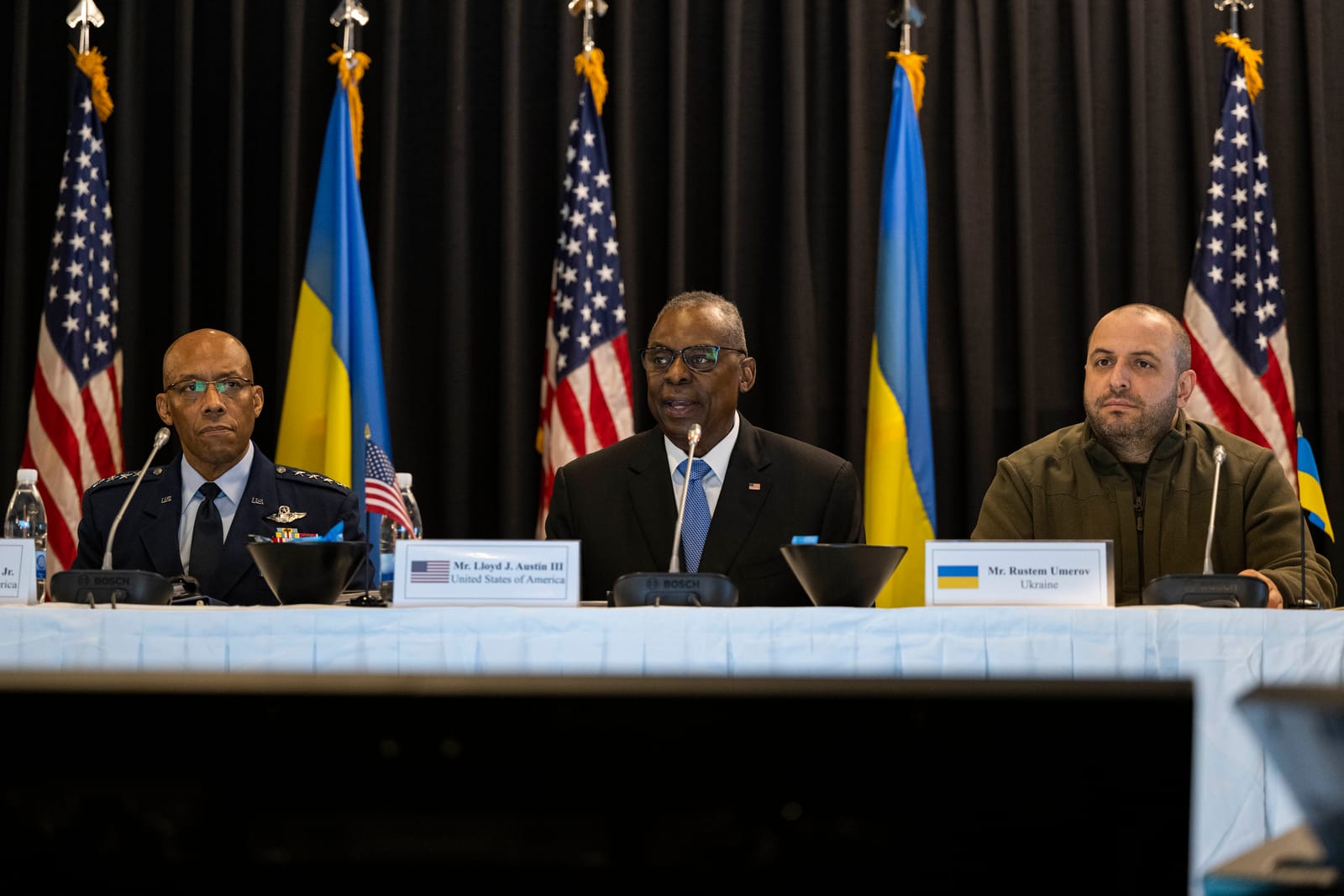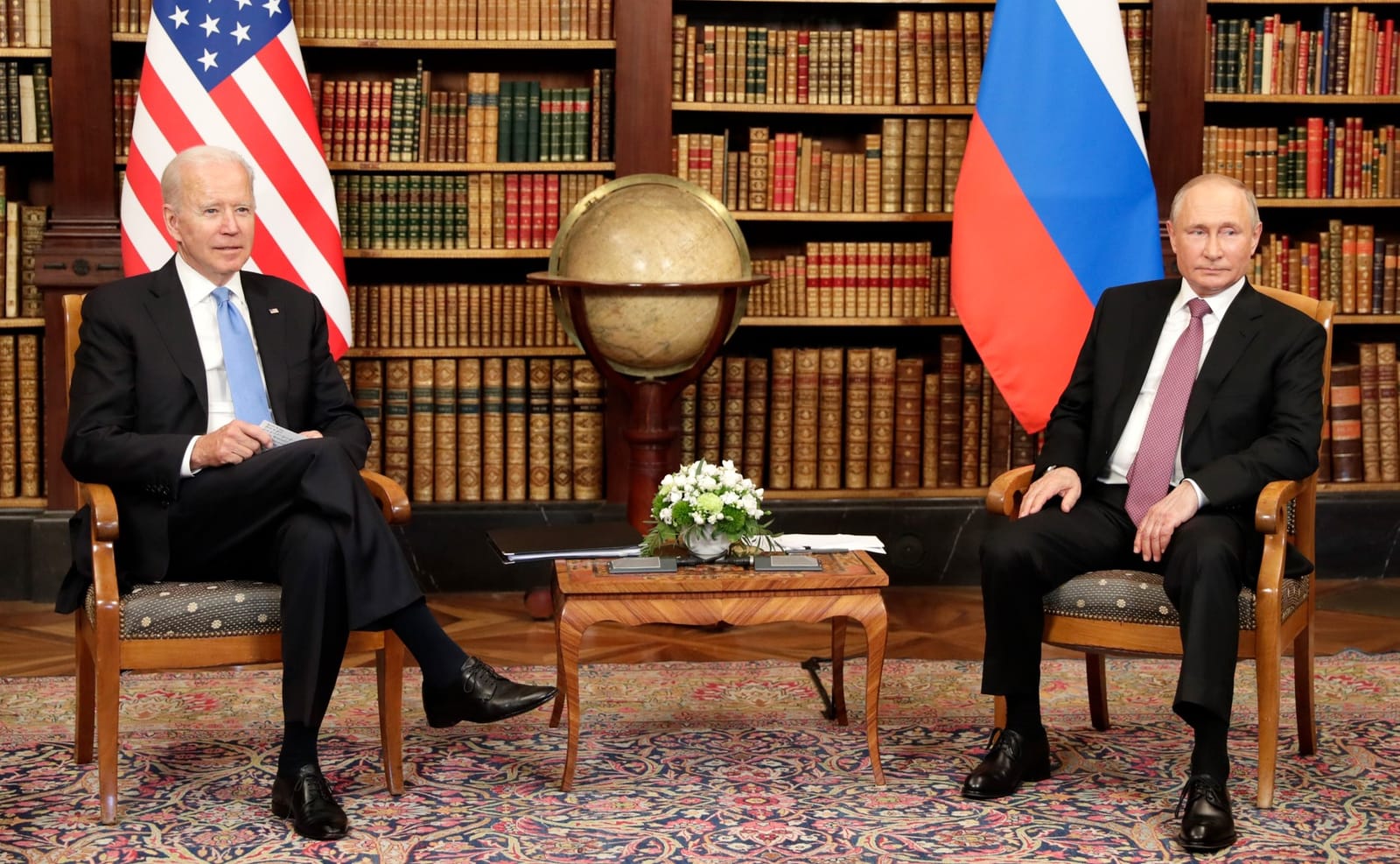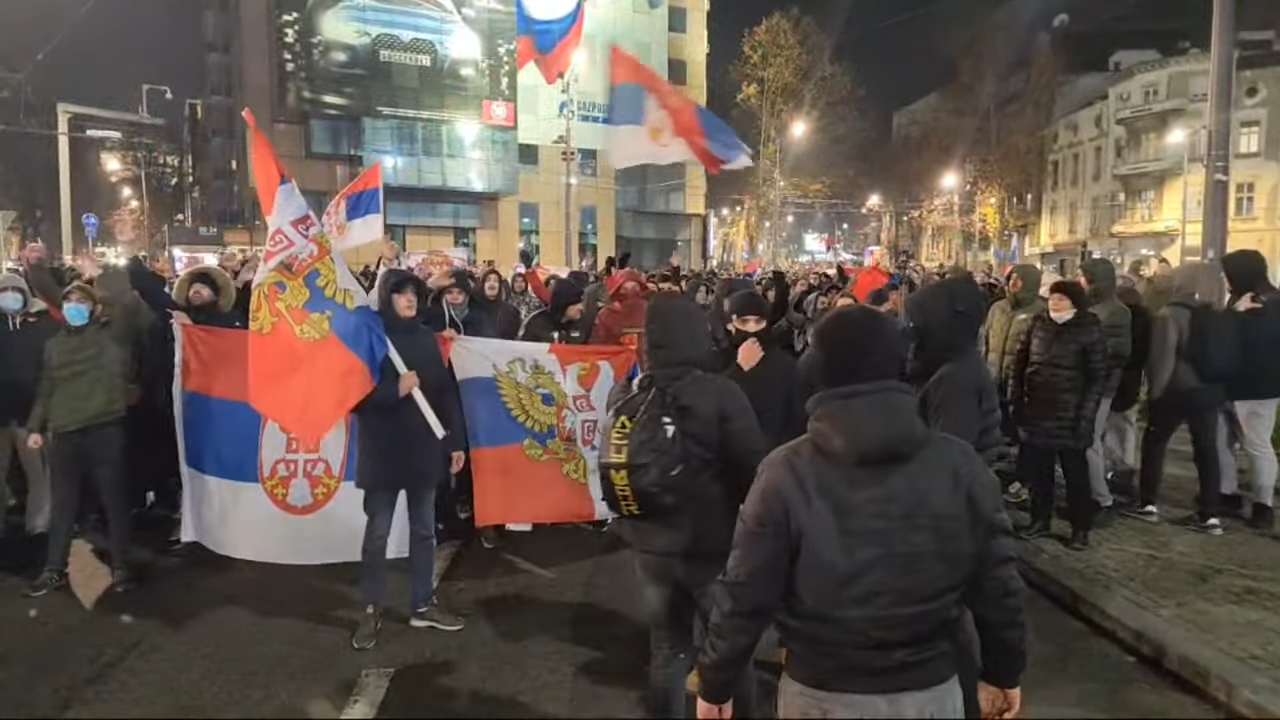Military force […] has only two immediate effects: it kills people and destroys things.
-General Sir Rupert Smith
The accelerated collapse of the Islamic State's (IS) self-proclaimed caliphate after their defeat in Mosul highlights the effectiveness of striking at an enemy’s main military concentration. How do we reconcile this with a prevalent understanding that (post-)modern wars are confrontations of ideas and narratives?
Centre of gravity (CG) will be the analytical framework for this text. The term will be used here in Clausewitz’ original meaning, and as interpreted by Joe Strange and Richard Iron. The core of this understanding is that a CG is the most potent concentration of an actor’s means of power. It is the physical or moral object that offers fiercest resistance or strikes the most effective blows. Clausewitz also reasons that a successful blow against an enemy’s CG would yield the greatest effects as it would deprive the enemy of this resource. As a rule, Clausewitz argues that an actor’s strongest concentration of combat forces is usually the CG. However, he also acknowledges that in some situations it is more accurate to consider a moral CG. Likely because of his contemporary context of interstate wars of conventional maneuver, this latter form of CG went under-analysed by him. This shortfall has opened up doubts about the validity of CGs as an analytical approach to wars against non-state actors. Such actors appear physically amorphous and intangible, and most easily defined by their ideology, their narrative. The result has been for many military thinkers and practitioners to (over-) compensate in focusing on fighting the opposing idea, rather than the enemy’s physical capabilities. While seemingly reasonable, it none the less pits physical force against abstract phenomena. Recent conflicts has let us observe how this incongruence results in a variety of ineffectual and frustrating tactical behaviours often summed up by the shorthand “winning hearts and minds”.
The fundamental strategic miscalculation of IS in pursuing territorial statehood provides a rare contemporary case study of a contained campaign aimed at the total defeat of a clearly defined adversary. At the same time, it allows for a discussion of the usefulness of physical, versus moral, centres of gravity when planning operations against non-state actors. This text acknowledges that IS is a group with a decade-long history, a manifestation of a broader conflict dynamic, and that, as of this writing, it remains active in a changed form. With that said, the text will focus on the territorial “Caliphate-era” of its activities, from 2014 to 2017. The group’s rise and fall is an instructive case for studying the relationship between physical and moral means of power, through the lens of the Centre of Gravity-concept. The Islamic State is a direct manifestation of a clearly articulated ideology, completely based and dependent on the strength of those ideas. At the same time, the group allowed themselves to be subjected a conventional military campaign. We are thus able to observe the resulting relationship and interplay of effects between their physical and moral means of power.
Rise and Fall of the Caliphate
From 2014 IS became more aggressive in exploiting regional instability. They operated in the same context of popular anger and desperation, sectarian enmity and political upheaval as the other actors in the region. Their narrative as jihadi champions for a marginalized sunni population competed with “incumbent” Al Qaeda and myriad local groups. What would set IS apart was their military expertise. The organization shocked the world by conducting lightning maneuvers on several fronts, notably seizing Raqqa in Syria and Mosul in Iraq. The prominent military means for this was the skilful employment of highly mobile columns of motorized irregulars on armed 4-wheel drive trucks. These formations were then strengthened by capturing tanks, artillery and other armoured vehicles at Syrian and Iraqi government expense, in moves that would have gained Sun Tzu’s praise. The end of this beginning was arguably the bogging down of significant IS forces in the strategically marginal town of Kobani, coupled with increasing international intervention.
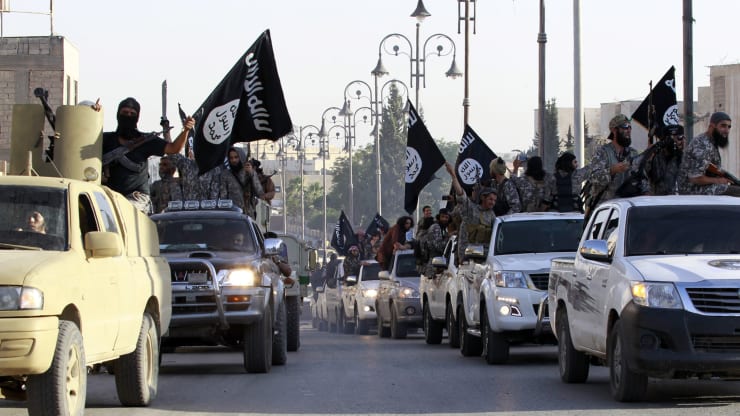
So, what was IS’ CG during this period? What means of power delivered the most “effective blows” in attaining their strategic goals? If we look first at their jihadist narrative, this was shared by many other groups. There is little to indicate that they were more devout than their sunni rivals. What suddenly set them apart was their undeniable ability to achieve military victories. These victories did not come because jihadis swelled their ranks in large numbers. It was the other way around. Physical results increased the weight of their narrative since it allowed the group to establish a territorial caliphate, something other jihadis had certainly wanted but never dared. This strategic move was underwritten by their growing motorized “field army”, their centre of gravity. This dynamic would probably have been easily recognizable to Clausewitz.
The period that followed, from mid-2014 until mid-2016, was the high point of IS power. Their military capacity grew, both through the direct influx of local and foreign fighters, and through the cultivation of the “Caliphate” into a proto-state. Their jihadi narrative now had no rival, and was both a driving force of the growth and a beneficiary, in a mutually reinforcing dynamic. The stronger IS appeared on the ground, the stronger the caliphate’s allure, and the more physical resources and support flowed to the caliphate. Operationally, this period saw the ebb-and-flow of military fortunes, and a consolidation of both front lines and IS’ organization. While military momentum had slowed and losses were mounting, their jihadist narrative was reaching its apex. This was manifested by the franchising of the war. The international coalition opposing them was directly influenced at home by a wave of individual attacks inspired by IS. The war itself showed signs of expanding globally, with disparate jihadi groups affiliating with the caliphate.
Here, IS’ CG becomes more ambiguous. The formerly feared motorized columns of black flags were hiding from coalition airpower and tied down in defensive positions. The very idea of the caliphate now appeared to be the factor that could “strike the most effective blows”, their CG. Of course, Iron and Strange are clear that CGs vary between levels of war, and that there can exist multiple CGs at a given level. Perhaps the “caliphate-narrative” was IS’ strategic CG, with its ability to inspiring world-wide attacks, as well as attracting physical and moral support. That would make the field-army a prominent operational level CG, with its ability to defeat threats to the caliphate. However, the period to come would provide insight into which elements of power are fundamental, and which are contingent.
The endgame for the caliphate began with the initiation of operations to liberate Mosul. As the city with highest economic and political value to the caliphate, its defense received paramount priority. As a clear example of how former tactical success can blind an actor to its own strategic overreach, it would seem IS thought they had the capacity to retain Mosul. Different sources assess that between 3000 and 10.000 fighters were deployed in the defence of the city, by far IS greatest military concentration. During the course of the battle they would end up being opposed by between 70.000 and 90.000 enemy soldiers. This disparity demonstrated the impossibility of the group’s strategic aspirations. However, the protracted and deadly fighting against such odds also demonstrated the military competency that had made IS so successful up until then. The battle raged from 16 October 2016 until liberation was declared on 11 July 2017. A large part of IS’ forces fought on to be killed or captured in Mosul, likely through a combination of strategic miscalculation, fanaticism and Iraqi encirclement. This included experienced commanders and hard-core zealots. The battle thus became that heavy blow against an enemy CG that Clausewitz argues would yield the greatest results. The following months would seem to prove the Prussian right.
Despite having sustained considerable losses in liberating Mosul, the Iraqi military moved aggressively to exploit success. With Mosul in mind, both Iraqi forces and the coalition were steeling themselves for new bloody and drawn out battles. However, the shift in the tactical situation was soon to be felt on the battlefield. Raqqa, IS’ capital, fell in four months after significantly less intense and more one-sided fighting. Tal Afar was liberated in weeks. Throughout the theatre of operations IS desertions were increasing, and they were increasingly relying on forced recruiting to raise units. Their last territorial possessions in Iraq’s Anbar province fell in an anti-climactic operation where Iraqi divisions fought platoon-sized elements. Losing their military core in Mosul seems to have initiated a systemic collapse of IS as a military entity. The accelerated speed of this collapse surprised the coalition, despite the end result having been anticipated.
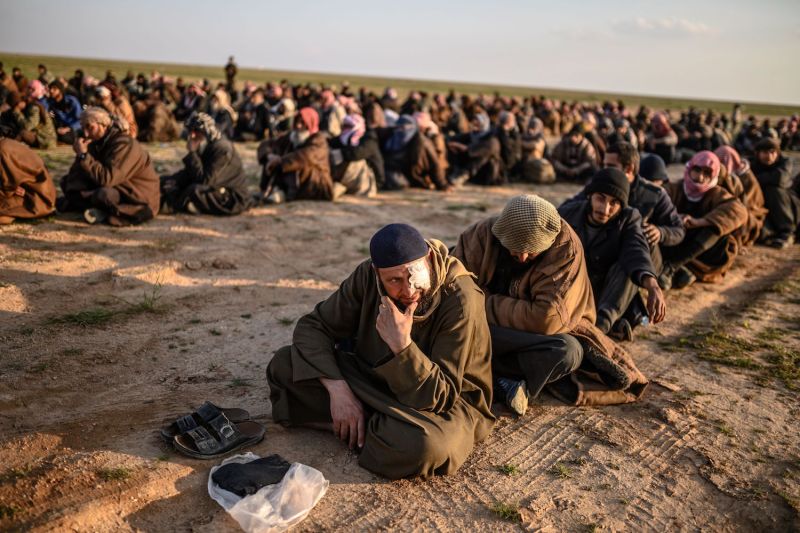
What then of the aforementioned strategic CG of their jihadist narrative? IS has now reverted into a hidden network of cells coordinating terror attacks. They likely continue to leverage economic and social frustration to recruit new supporters. This would seem to substantiate the claim that their strategic CG is the resilience of their narrative. However, the establishment of a territorial caliphate was what set IS apart from its sunni jihadi rivals. The rapid ascendancy and magnetic allure of their “brand” was inseparably connected to their ability to conquer and control territory. And that ability rested on the potency of their motorized field army. When this was defeated, the steady stream of foreign supporters dried up, and has been replaced by a reverse deluge of repentant and “misguided” people who want to return to countries they once denounced.
Conclusion
What insights has this example yielded? The Islamic State seems the epitome of an entity that draws its strength from defined ideas. True, such ideas are impervious to an instrument designed to “kill people and destroy things”. Furthermore, fanatics will always be able to cause personal tragedies with limited ways and means that are almost impossible to reliably detect. However, such terrorism is not the same as displacing, enslaving or exterminating whole groups of people. It is not the same as controlling territory and subjecting the population to draconian laws. It is not the same as having a political entity able to seduce or force moderate individuals into extremist behaviour. To be an actual threat to established states, any violent ideological group needs potent military means. Concentrations of these means will constitute a physical centre of gravity that can be struck. When this was done successfully against IS, their physical power base collapsed, and the reach and allure of their ideas shrank dramatically.
Of course, we should be careful to generalize from one case. No war is the same. Other non-state actors, the Taliban being a prominent example, are much more strategically astute in matching ends to means. IS forged a short-lived caliphate through the blunt application of concentrated military force. Others are more patient and sophisticated, playing on the whole register of political tools and avoiding unnecessary military concentration. However, when the Taliban last was in control of a state and able to enforce their laws on the population, they too needed concentrated forces that were defeated by aimed blows. The rest of their state collapsed as a result, and the organisation has yet to regain its 2001 level of influence. Ideas are only as dangerous as the physical means that back them up, and in the physical domain military force is still “the last arbiter of kings”.
Photo: Reuters


